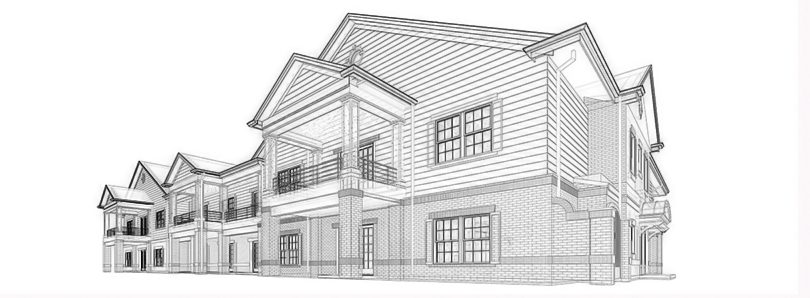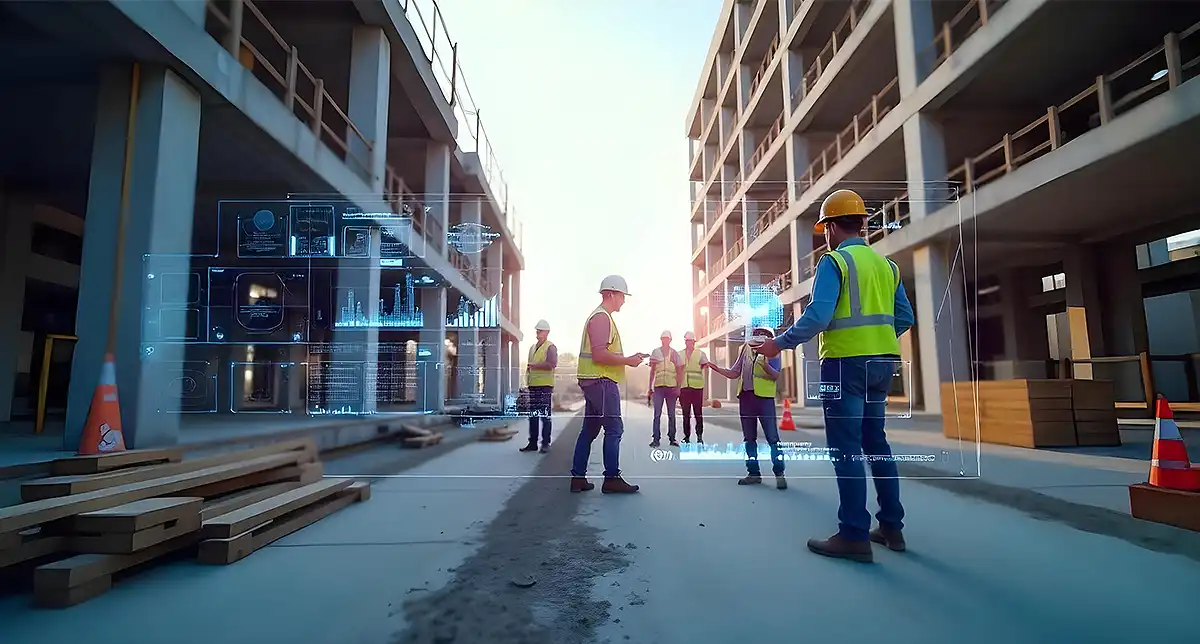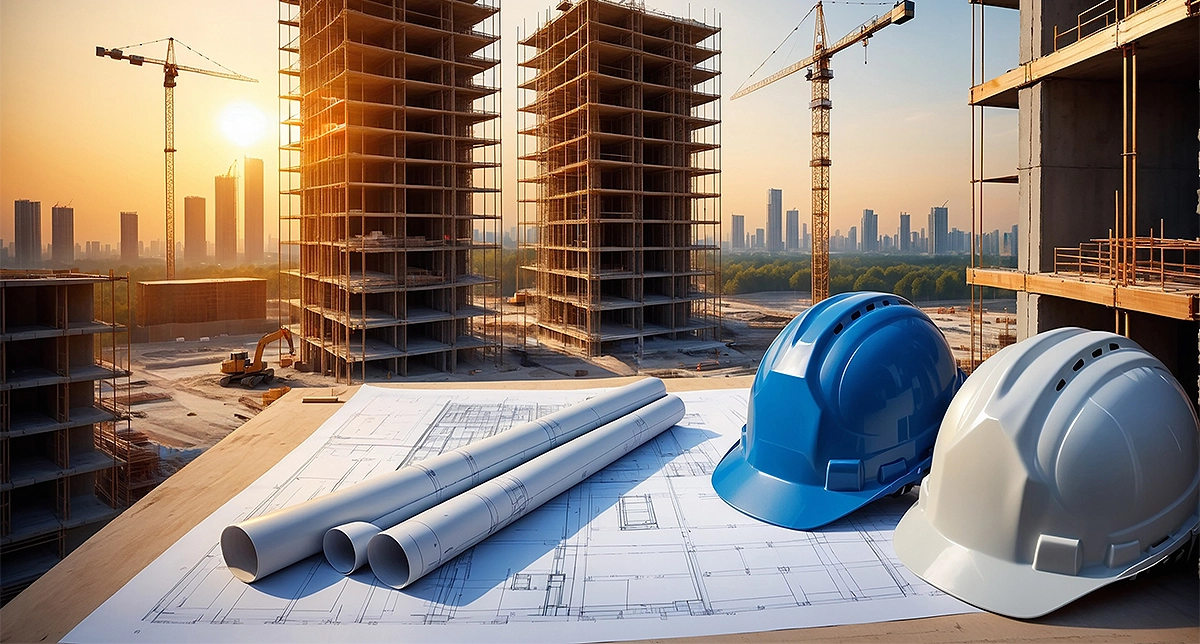You may either rely on combustion or electricity to heat a building during winter, and every choice has its advantages and disadvantages. Combustion heating is a lucrative choice for some structures, yet this implies you have to burn fossil fuels directly and release emissions. On the other hand, electric heating frameworks can work with clean power. However, electric resistance heaters are costly to work because of their high wattage, while electric heat pumps have lower running expenses but higher upfront expenses.
A dependable space heating framework is needed during winter, particularly in places that see extremely low temperatures. Though, heating systems have a significant carbon impression when they don’t work efficiently, Boilers and furnaces will consume more fuel when a structure can’t hold the heat inside adequately. The older units tend to consume more fuel if their maintenance is not done regularly. An electric heating system relying on the power grid which uses fossil fuels for generating power, will also release high emissions. Thus, most of the old buildings are increasingly investing in their HVAC Systems upgrade to reduce the consumption of fuels.
On December 16, 2021 Governor Lamont Signs Executive Order Directing Connecticut State Agencies to Implement Actions That Reduce Carbon Emissions and Adapt to Climate Crisis.
Connecticut is progressively encountering the affects of the changing climate, and precious little time remains to make a move to moderate the effects the state will face in the future. The state’s Greenhouse Gas Inventory Report shows that outflows from transportation and building areas are expanding and that the state isn’t on target to meet its interim 2030 objective. Governor Lamont said the state should make a forceful move to decrease carbon emissions by directing the whole of government to approach EO 21-3.
Here, let’s talk about certain procedures to give more affordable warming and cooling for inhabitants and organizations, lessen carbon emissions from private and business structures and industrial processes, and work on the strength of the state’s energy area to outrageous climate conditions, fuel price spikes, and other disruptions.
Insulation and Air Sealing
Having an efficient building envelope is incredible since you save energy the entire year. Heat is kept inside more efficiently during winter when you really want it, while outside heat is caught up during summer when you don’t. This implies a proficient building envelope diminishes your space warming expenses, yet in addition your cooling costs.
There are two significant prerequisites for an ideal building envelope: insulation and air sealing. This lessens heat flow through your walls, windows, rooftop, and floor slabs. For instance, assuming a building envelope redesign decreases the heat loss by 100,000 BTU/hour, that sum is deducted from the workload of your space heating framework. To envision what this would mean for your emissions, see the below example.
- For instance, you have a gas heating system that is 80% productive. To deliver those 100,000 BTU/hour, it needs a contribution of 125,000 BTU/hour.
- On account of flammable gas, Local Law 97 of 2019 applies a discharge component of 0.00005311 tCO2-eq per KTBU. When saving 125 KTBU/hour, you’re likewise saving 6.64 kg of CO2 each hour.
- Assuming this heating system runs 4,000 hours each year, the building envelope redesign is saving you 26.56 metric tons of carbon emissions.
For an exact estimation of your energy reserve and avoided emissions with a building envelope update, you want expert energy modeling to be executed. Every one of the BTUs saved by air-sealing and insulation is deducted from your heating bills, and this likewise cuts your yearly outflows.
Thermostat Settings
You can likewise decrease your space heating emissions by setting your indoor regulator appropriately. There is an exceptionally helpful guideline from the US Department of Energy: by setting your indoor regulator 7°F to 10°F during 8 hours out of every day, you can set aside to 10% in cooling and space heating.
Since building outflows rely upon energy utilization, you can likewise lessen them by setting your thermostat appropriately. Assuming the gas utilization of your space heating system is cut by 10%, the related emissions will likewise drop by 10%. Simply remember that the importance of “setting your thermostat” changes relying on the season.
You save energy by reducing the temperature setting during winter and increasing it during summer. If not, you will accomplish the contrary impact: a higher energy utilization, more discharges, and over-cooling and overheating.
HVAC Systems Upgrade
HVAC systems represent the biggest portion of energy utilization in private and business structures. By completing a profound energy retrofit that includes an HVAC system upgrade, you might cut down your utilization and emissions by more than half. A structure retrofit is a complex project that requires cautious preparation and significant capital, which implies proficient MEP Engineering Design Firms are critical.
Conclusion
Buildings are accountable for both operational and embodied carbon emissions, and various techniques are required to combat each kind of emission. However, there is less opportunity to decrease embodied carbon as the building opens; these discharges have already been released.
Operational carbon emissions can be resolved with a mix of energy efficiency measures, transformation to cleaner sources, and on-site renewable generation. Embodied emissions should be limited during the plan and development process, while reusing the materials would be prudent.














